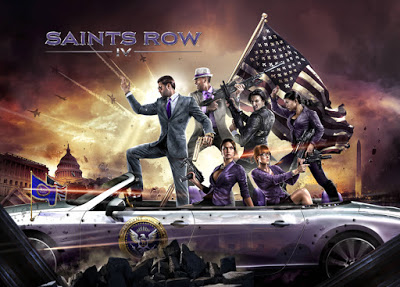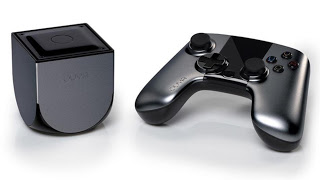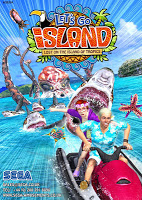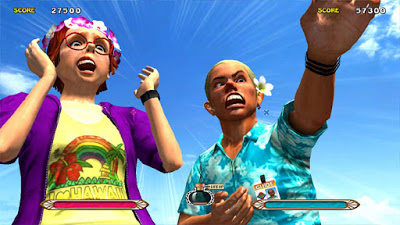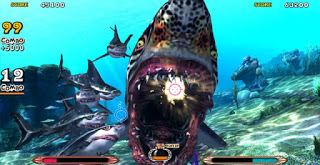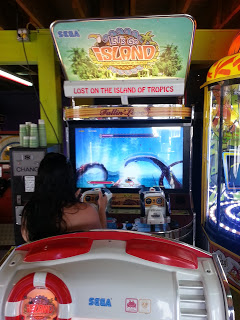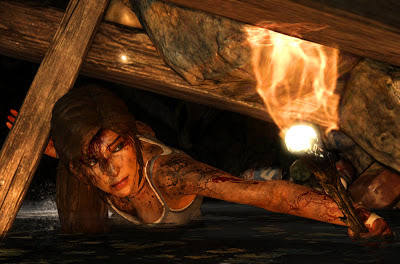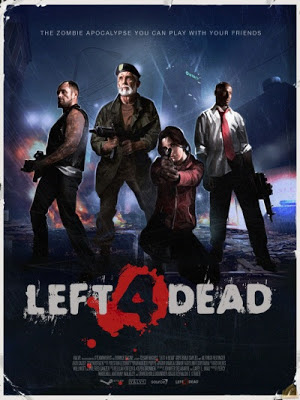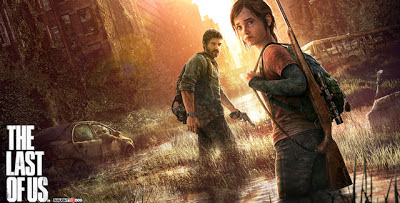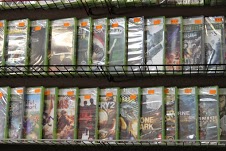August 14, 2013
In
Uncategorized
So, rumors were flying around the internet this week that Amazon is currently developing an Android-based gaming console, which will be released before Black Friday this holiday shopping season.
Now, most avid gamers will scoff at this potential news, for a few reasons. First, the recently-released Ouya Android gaming console has received mixed reviews at best, and while we haven’t seen actual sales numbers, the console does not appear to be selling briskly.
Second, we have the Xbox One and Playstation 4 coming this holiday season, and most avid gamers that are looking for new hardware will be investing in one or both of those consoles.
Finally, many avid gamers associate Android (and iOS for that matter) games with phones and tablets, and tend to look at those games as inferior experiences to console and dedicated handheld gaming.
Here’s the thing, though–avid gamers looked at another gaming console as providing inferior experiences to more casual audiences. That console was Nintendo’s Wii, and it recently crossed the 100 million-sold mark since it’s 2006 release. Unfortunately for Nintendo, when they developed the WiiU, they got away from what made them so successful last generation created an expensive console that left more casual gamers behind.

Amazon has a golden opportunity here to fill a missing spot in this upcoming console generation. For that matter, Apple does as well, but seems uninterested in taking gaming further than it currently is on iOS devices. Both Amazon and Apple already have app-based ecosystems full of games. Unlike the Ouya, they also both have brand recognition and a built in consumer base. So, if Amazon decided to put together an inexpensive gaming console that featured a controller and played all the games on their app store and then some? A lot of parents would be seriously considering that console for their kids this holiday season.
It makes sense that the Amazon console would be able to take advantage of other apps as well, like the Amazon Prime Video library, Netflix, and other streaming media apps.
So, imagine an Amazon gaming console and controller combo releases this holiday season for $99. It plays hundreds of games from the Amazon App Store, and a new app or game can be downloaded for free each day. The console also features Netlfix, Prime Instant Video, Audible, and more. Maybe it even allows you to use your Kindle Fire HD as a touch-based controller or a second screen.
Anyway, you get the picture. If Amazon plays their cards right, they could deal a substantial blow to both Apple and Nintendo, and offer the less expensive gaming experience to families that the Wii did in the last console generation.
I am very excited to see what happens with this, and I hope the rumors don’t turn out to be unfounded. There is definitely a part of the gaming market to be filled here, and someone will eventually take advantage of the opportunity. It’s only a matter of time before Apple comes to its senses, so Amazon should strike while the iron is hot.

